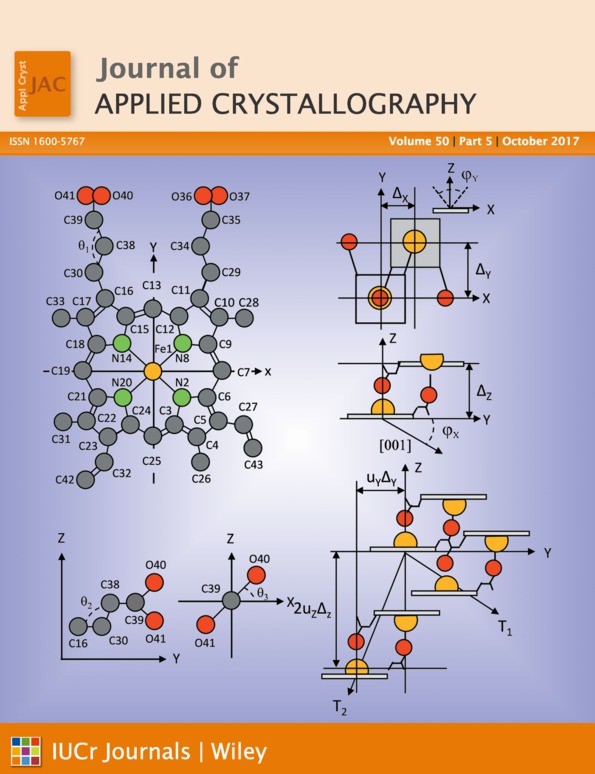Improved crystal structure solution from powder diffraction data by the use of conformational information
Abstract
The effect of introducing conformational information to the DASH implementation of crystal structure determination from powder diffraction data is investigated using 51 crystal structures, with the aim of allowing increasingly complex crystal structures to be solved more easily. The findings confirm that conformational information derived from the Cambridge Structural Database is indeed of value, considerably increasing the chances of obtaining a successful structure determination. Its routine use is therefore encouraged.




